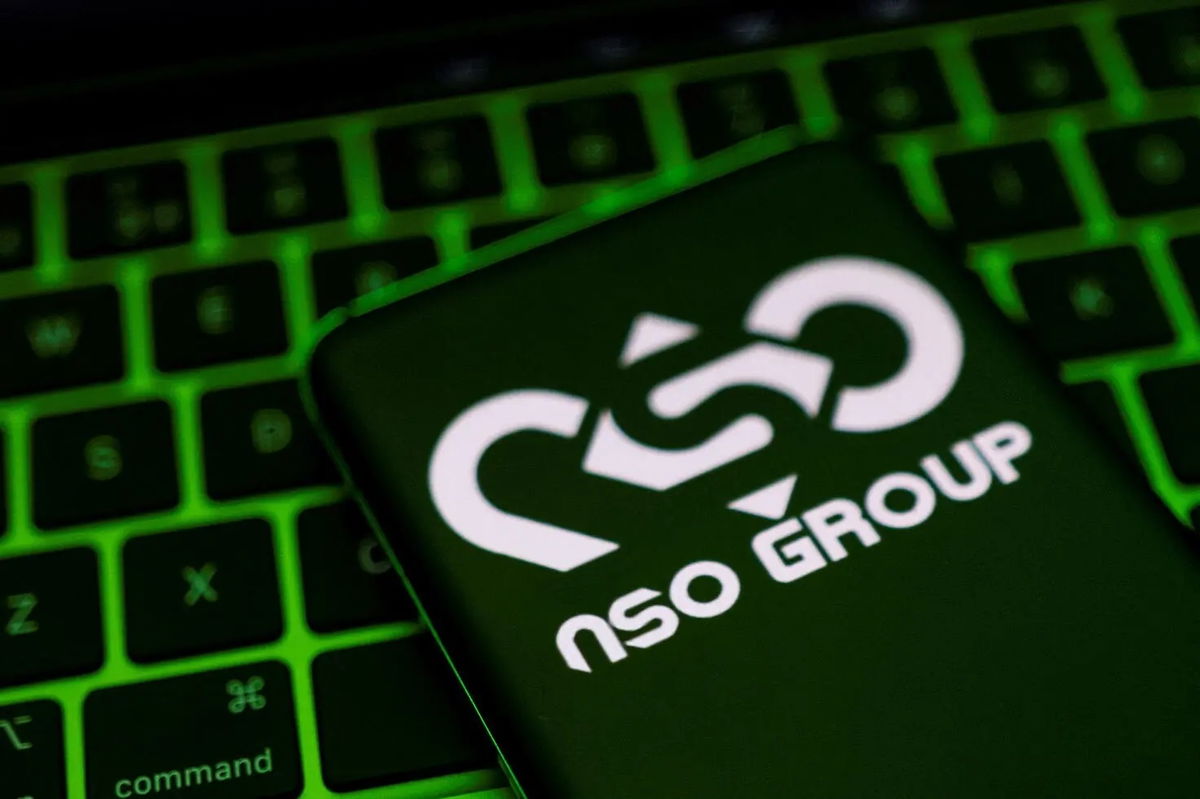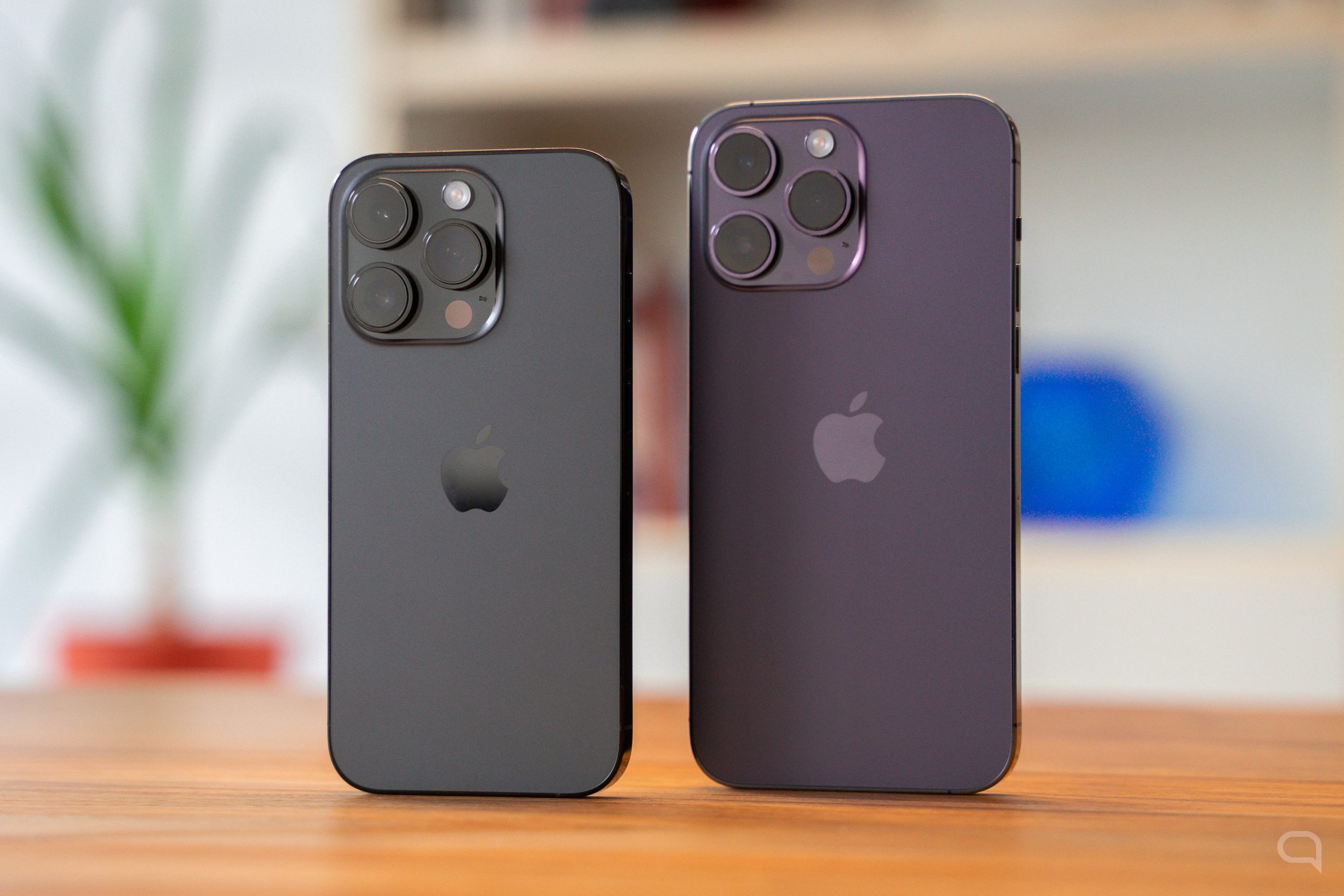While common sense is slowly taking over, it’s still okay to see pink as a designated color to determine what’s made for women and what’s not.
However, you will be surprised to know that this was not always the case; rather the opposite. According to historian Joe B. Paoletti, author of the book Pink and Blue: Differentiating Girls from Boys in America (2012), it was not until 1940 that this binary designation of blue and pink began to be established to distinguish between sexes. This norm took root thanks to the increase in consumption after the Second World War, largely driven by the media.
However, you don’t have to go back to 1945 or 1970 to find a product brainstormed by a group of marketing experts who think the best way to sell something to a woman is to make it pink, easily accessible. use little. In recent years, we have encountered huge mistakes in this regard, but before I show you some examples, let me clear something up: the problem is not that the product is pink, green or lemon yellow, the problem is that it is sold like something special. for women under the auspices of paternalism.
Huawei and its erroneous claims
Huawei introduced its Mate 10 in October 2017. At an international event, its CEO Richard Yu showed a pink variant of the device on stage with the words: “For women, this is the preferred color.” My guess is that Yu asked each and every one of the women who buy mobile phones what our favorite color is, and from that survey he drew his own conclusions.
"For ladies, this is the most preferred color." Rose gold, of course. ‘Cause women can’t choose, oh blue. 🙄 #HuaweiMate10
— Shara Tibken (@sharatibken) October 16, 2017
The Pink Calculator That Wasn’t Lost
If I tell you that Casio had the brilliant idea of making a pink calculator “for working women,” you would probably think it was in the 1970s or 1980s. Well, no, it was only a couple of years ago and naturally, the networks were burning from such nonsense.
Mi Note for “goddesses”
In 2015, Xiaomi released a pink version of the Mi Note, which, as we can see on the manufacturer’s page, leaves no doubt what audience it is intended for. Called “Mi Note Goddes”, the phone is presented as “the perfect combination of technology and fashion.”
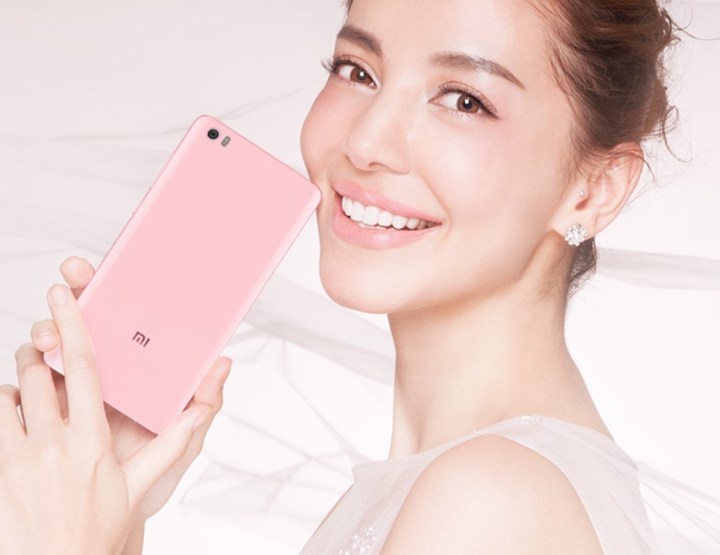
Body filter for women
A few years later, Xiaomi was embroiled in a scandal because its Mi 9 was embedded with an algorithm capable of detecting the age and gender of people taking photos in order to apply a differentiated beauty filter. In addition, the same device offered a filter, the purpose of which was to improve the figure of a woman in accordance with her posture: he retouched the waist, enlarged the breasts and buttocks, or modeled the legs.
A mobile that fits small female hands
The company also noted that the phone has an ideal camera for girls to take selfies as it has a beauty mode that makes users’ skin appear more delicate and smooth. Of course, and if in doubt, the phone was pink.
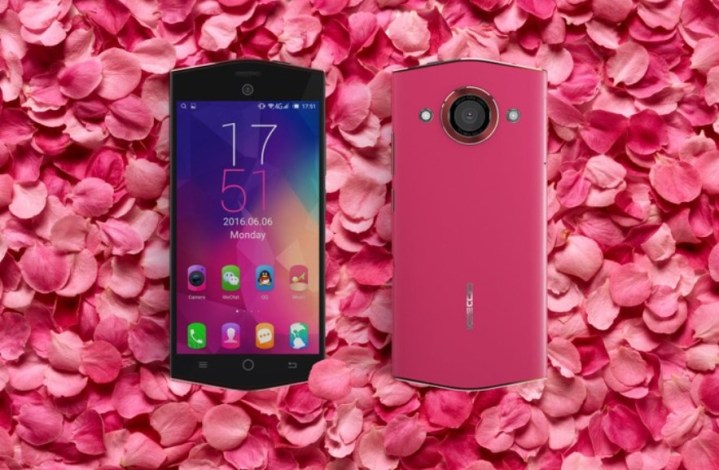
And a Swarovski pendant as a gift
In 2018, Vivo introduced its Vivo V11i, a mid-range phone with some pretty cool features. The device was released in black and blue, but in Malaysia it also released a pink version (Fairy Pink Edition) with a promotion aimed at women in which, by purchasing it, they could enter a drawing to win a Swarovski necklace.
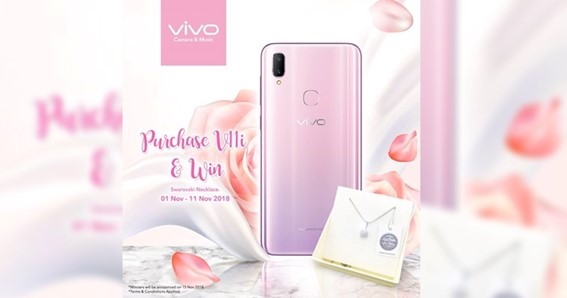
Thankfully, there are very few cases like this today, and while there are still companies like Logitech that took advantage of March 8th to promote “female-inspired” pink products in mid-2021, most brands are capable of launching mobile phones or entire product lines. in this color without the bias of their advertising due to the gender binary.
In a word, there are almost no cases of gadgets whose characteristics are reduced due to the fact that “they are for women”, and the archaic idea that pink for some and blue for others is increasingly dissipated in technology.

Source: Digital Trends




